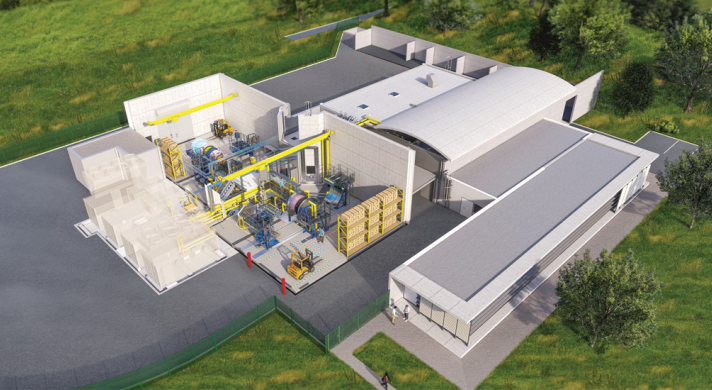News

ONERA INVESTS IN THE OCCITANIE REGION
In the Occitanie region, ONERA is well known for its Toulouse research center located near ISAE Supaéro on the Rangueil campus, but it's at its Fauga-Mauzac site (15 km south of Muret) that ONERA has just commissioned two new world-class experimental facilities.
THE FIRST OF THESE IS THE PYCOFIRE PLATFORM
The PyCoFiRe (Pyrénées Composite Fire Research) platform is a new test facility designed to assess the environmental performance and fire behavior of new aircraft materials, the first stone of which was laid in December 2021 by Bruno Sainjon, CEO of ONERA, Slawomir Tokarski, Director of European Territorial Cooperation and Nadia Pellefigue, Vice-President of the Occitanie Region in charge of Higher Education, Research, Europe and International Relations.
Lighter aircraft and improved fire resistance are two of the objectives of the growing use of composite materials. At the same time, the development of new ways of extinguishing engine fires represents a major environmental challenge.
The PyCoFiRe collaborative project is a response to this need, in consultation with the economic sector.
On behalf of the EU, the Occitanie Region has decided to allocate €10 million from the Midi-Pyrénées Garonne 2014-2020 European Regional Development Fund (ERDF) to the PyCoFiRe project, in addition to financial support from ONERA and its partners Airbus, Ariane Group and Safran. These three manufacturers were involved in defining the test bench and are its first users.
PyCoFiRe will enable us to carry out research that is vital to aviation safety, particularly in the areas of fire, extinguishing and the fire resistance of composite materials used in aeronautics. The facility is the only one of its kind in the world, and recreates real-life conditions in which aeronautical components are used. It comprises two test cells. The FAN assembly, with its 2.4-meter external diameter, reproduces the annular compartment located between the 2 external cowls of an aircraft engine nacelle. The CORE assembly models another annular compartment (1.4 meters in diameter) located in the fire zone of the engine cavity, close to the combustion chamber.

General view of the PyCoFiRe platform at the Multiphase Combustion Laboratory (©RecArchitecture)

Fan assembly of the PyCoFiRe platform

CORE assembly of the PyCoFiRe platform
Promotional clip for the Occitanie region at https://www.youtube.com/watch?v=WdeTAyp_Wgo

THE SECOND IS THE OPTICAL GROUND STATION FEELINGS
The FEELINGS (FEEder LINks Ground Station) optical ground station is unique in the world, and has enabled ONERA to take a major step towards the implementation of very high-speed, secure optical links with satellites in geostationary orbit.
FEELINGS takes advantage of the extreme directivity of the antenna used (a 60 cm diameter telescope) to gain an order of magnitude on the optical power delivered to the satellite, despite atmospheric turbulence managed in both directions of propagation by an adaptive optics system. This was made possible thanks to two key technologies mastered by ONERA: adaptive optics, which corrects the harmful effects of atmospheric turbulence in real time by controlling nearly 300 actuation points at 2 kHz, and an optical amplifier, which provides the power required for very high-speed data transmission over 38,000 km, while preserving data integrity.
In June 2024, the FEELINGS ground station established a stable, two-way, pre-compensated adaptive-optics laser link with the TELEO payload in geostationary orbit, developed by ADS (Airbus Defence and Space). The next step is scheduled for the end of 2024, with the establishment of a high-speed laser link of over
ONERA INVESTS IN THE OCCITANIE REGION
10 Gbit/sec on a single channel. This step is an essential milestone on the road to achieving the Terabit-per-second throughput required for the development of an optical space network using geostationary satellites as relays.
ONERA's participation in these demonstration activities was supported by DGA. The TELEO payload, designed to demonstrate high-speed optical links, was developed by ADS, with financial support from CNES.










No comment
Log in to post comment. Log in.